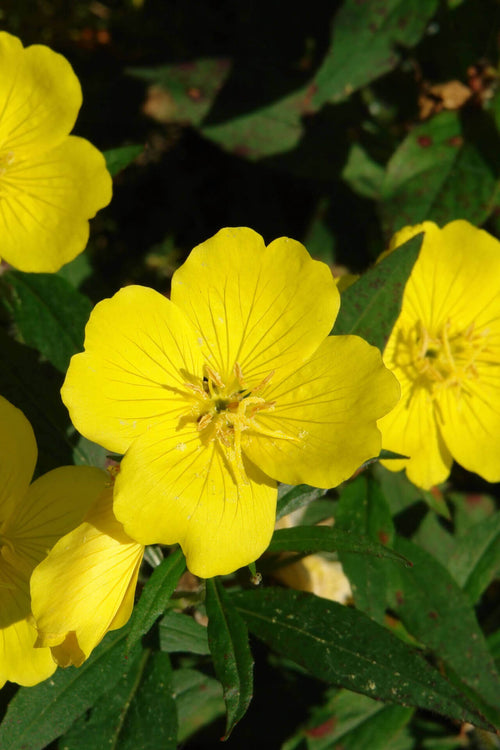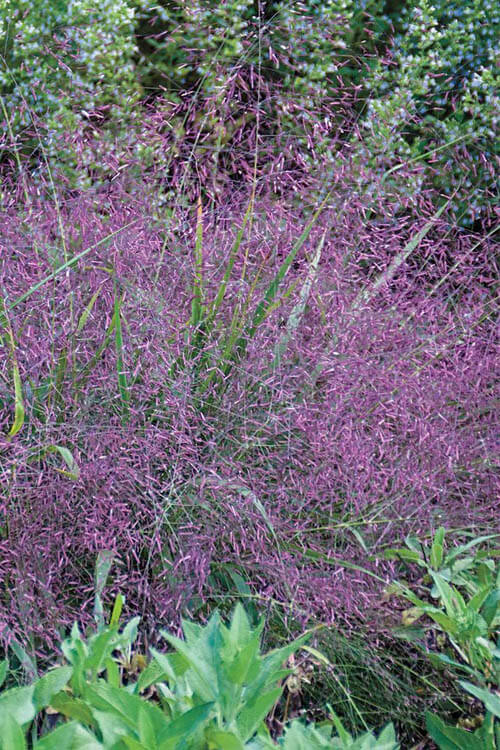Moths are often overshadowed by their more colorful and charismatic relatives, butterflies, but they play an equally vital role in our ecosystem. With over 160,000 species of moths documented worldwide, they exhibit a fascinating diversity in size, shape, and coloration. These nocturnal creatures are drawn to various plants and trees, fulfilling crucial ecological roles. In this exploration of moths, we will delve into the different types of moths, their preferences for plants and trees, and their profound environmental importance.
Types of Moths
Moths belong to the order Lepidoptera, sharing this classification with butterflies. They are characterized by their antennae, which are often feathery, and their generally stout, furry bodies. Moths come in various sizes and colors, making them a diverse and intriguing group.
Nocturnal Moths: The majority of moth species are nocturnal, meaning they are active during the night. They are typically well adapted for low-light conditions with duller colors that help them blend into their surroundings. Examples include the Large Yellow Underwing Moth (Noctua pronuba) and the Luna Moth (Actias luna).
Day-Flying Moths: While not as common as their nocturnal counterparts, some are active during the day. These moths have more vibrant colors and patterns, similar to butterflies. The Hummingbird Moth (Hemaris spp.) is a notable example of bee-like behavior with its swift, hovering flight.
Sphinx Moths: Sphinx moths, also known as hawk moths or hummingbird moths, are a subgroup characterized by their rapid flight and long snout. They are often associated with pollination and are attracted to various flowers.
Silk Moths: Silk moths are known for their remarkable silk-producing abilities. The Silkworm Moth (Bombyx mori) has been domesticated for silk production for thousands of years.
Tiger Moths: Tiger moths are strikingly patterned with bold, contrasting colors. They are known for their acoustic communication, using sound signals to deter predators.
Moths and Their Preferred Plants and Trees
Moths have coevolved with various plant species, forming intricate relationships that benefit both parties. These interactions include pollination, herbivory, and even defense mechanisms.
Pollination: Many moth species, including sphinx and hawk moths, are essential pollinators of various plants. They are drawn to flowers with long corollas and abundant nectar, such as tubular-shaped flowers, night-blooming jasmine, and tobacco plants. These moths use their long snouts to reach deep into the flowers, transferring pollen. This mutualistic relationship ensures the plant's reproduction and provides moths with a vital food source.
Herbivory: Moths caterpillars are herbivores that feed on the leaves of specific plants and trees. For instance, the Luna Moth caterpillar primarily consumes the leaves of the sweet gum, white birch, and persimmon trees. The Cabbage White Moth caterpillar is known for its appetite for cruciferous vegetables, making it a significant pest in agriculture.
Defense Mechanisms: Some moths have developed fascinating adaptations to deter predators. The Peppered Moth (Biston betularia) is a classic example of natural selection in action. In areas with high pollution levels, the dark-colored moths had an advantage over their light-colored counterparts because they were better camouflaged against soot-covered trees. This led to a shift in the population's coloration over time, showcasing the influence of moths on evolutionary biology.
Ecological Importance of Moths
Moths are often underestimated in their ecological importance, but they play several critical roles in various ecosystems:
Pollination Services: As nocturnal pollinators, moths contribute to the reproduction of numerous plant species. Their role is especially crucial for night-blooming plants, which rely on moths to transfer pollen from flower to flower.
Herbivore Regulation: While some moth caterpillars can be pests in agriculture, Many animals, such as birds and bats, rely on them as a food source. This predation helps regulate moth populations and maintain a balanced ecosystem.
Biodiversity: Moths are a vital component of food chains, supporting numerous predators, such as birds, bats, and insects. Their presence contributes to the overall biodiversity of ecosystems.
Indicator Species: Moths can serve as bioindicators of environmental health. Changes in moth populations can reflect shifts in habitat quality and the presence of pollutants.
Decomposition: Moths, in their larval and adult stages, play a role in nutrient cycling through decay. They break down organic matter, contributing to soil fertility.
Medicinal and Economic Value: Certain species of moths have therapeutic and economic importance. For instance, the Silkworm Moth is valued for silk production, while some moth larvae are used in traditional medicine and food production in various cultures.
Moths, with their incredible diversity and unique ecological roles, deserve our appreciation and conservation efforts. Their interactions with plants and trees, whether through pollination, herbivory, or defense mechanisms, are crucial for maintaining the health and balance of ecosystems. By recognizing the significance of moths in the natural world, we can better appreciate the intricate web of life that surrounds us, even in the darkness of the night.
Trees and plants that attract moths are essential to nocturnal ecosystems, providing sustenance and habitat for these fascinating insects. Moths are primarily drawn to flowers with specific characteristics that cater to their nocturnal foraging habits. Some critical types of trees and plants that attract moths include:
Night-Blooming Flowers: Many moths are active at night, so they are naturally attracted to flowers that bloom after sunset. Examples include moonflowers (Ipomoea alba), evening primrose (Oenothera biennis), and certain species of jasmine (Jasminum spp.).
Tubular Flowers: Moths have long snouts, which they use to access nectar deep within flowers. Tubular-shaped flowers like those of honeysuckle (Lonicera spp.) and trumpet creeper (Campsis radicans) are ideal for moths.
White or Pale-Colored Flowers: Moths are often drawn to white or pale-colored flowers, as these hues are more visible in low light. Plants like the evening stock (Matthiola longipetala) and yucca (Yucca spp.) exemplify this preference.
Strong-Scented Flowers: Moths rely on their sense of smell to locate flowers in the dark. Strongly scented flowers, such as nicotiana (Nicotiana spp.) and phlox (Phlox spp.), are more likely to attract moths from a distance.
Native and Wildflower Species: Native plants are often well-suited to the local moth species, as they have coevolved over time. Planting native wildflowers can be an effective way to attract and support moths in your area.
By cultivating a garden or landscape with these moth-friendly trees and plants, you can not only enjoy the beauty of nighttime pollinators but also contribute to the health and biodiversity of your local ecosystem. Attracting moths to your garden can also provide a valuable food source for other nocturnal creatures like bats and help balance the ecosystem's delicate web of life.



















































